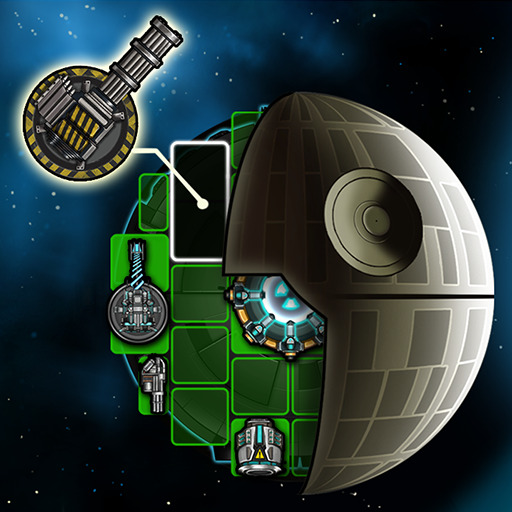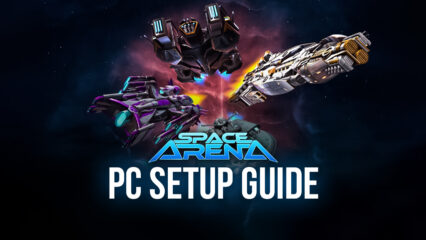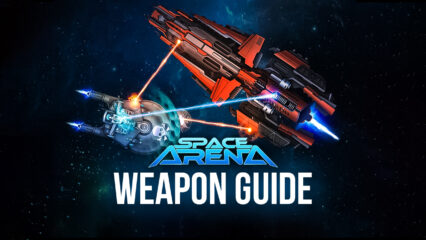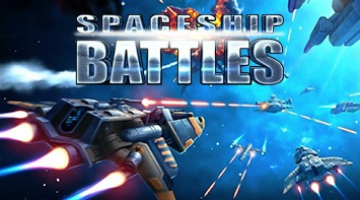Choosing the Right Starship in Space Arena on PC
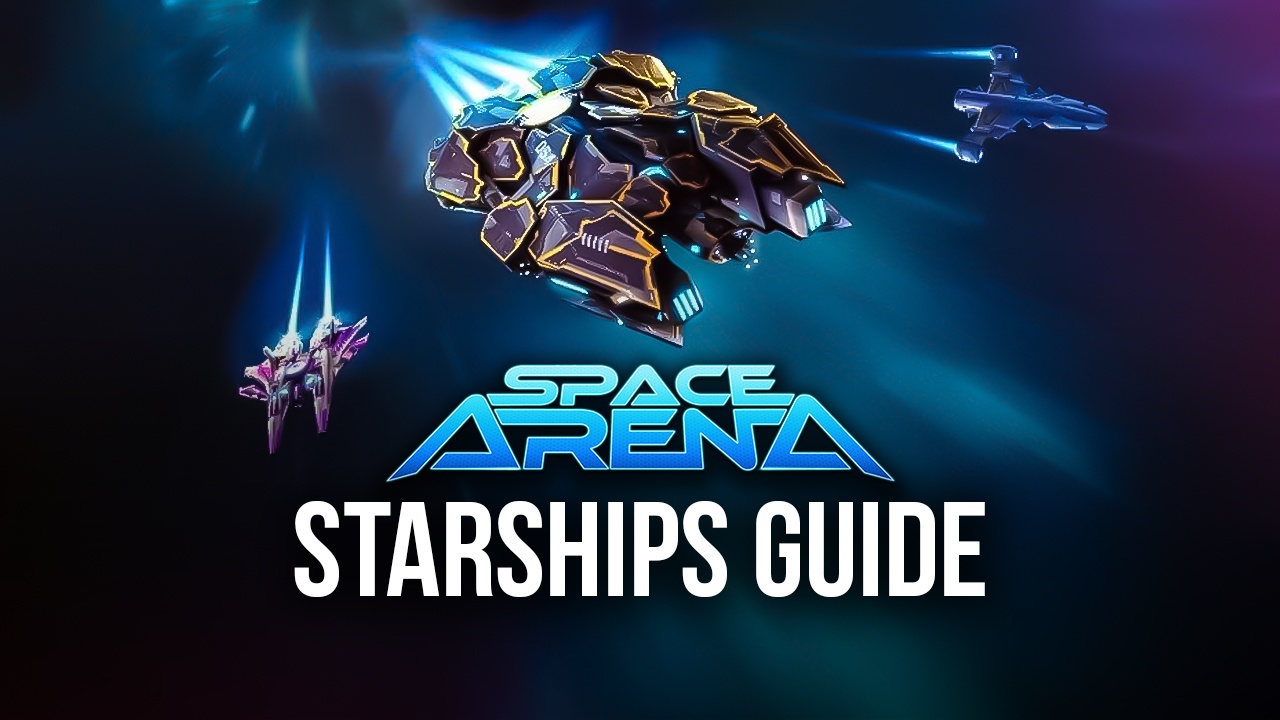
Starships are the heart of playing Space Arena. There are several different starships in the game, and choosing the right one isn’t exactly the easiest thing in the world. Each ship has its own unique build that sets it apart and makes each ship differently built from others. The difference in build makes each ship behave differently. Depending on what you think is your strongest area as a starship engineer, your preference on which starship to choose might differ from each vessel.
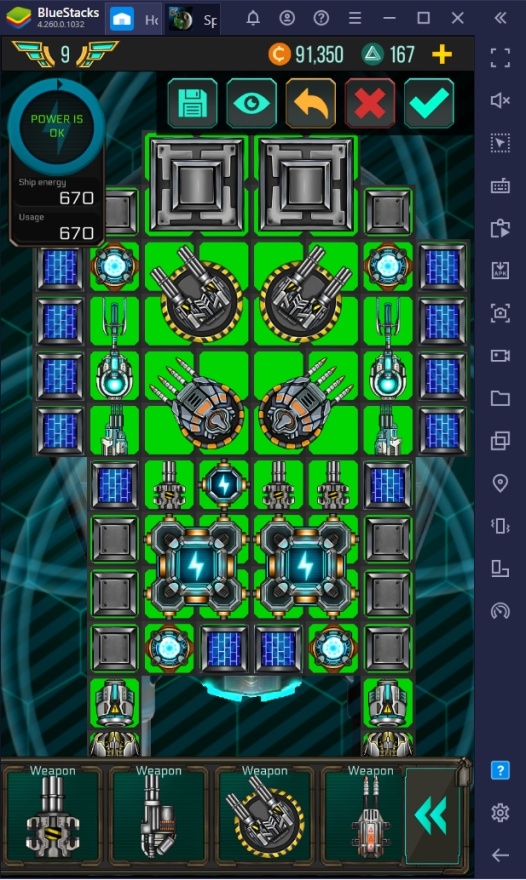
The game features unique starship designs, which all have their advantages and disadvantages. Understanding the different specifications surrounding the different starships is important when choosing. For F2P players, buying ships is a big commitment since it will take a while before they can buy a new one due to the limited sources of credits.
Ship Specifications
Each ship has the same list of specifications, but the values of each differ depending on the ship. Take a peek at this list and find out what you should be looking for when choosing your starship:
1. Slots
Slots are the most important spec in a starship. Slots refer to the available space in a starship and so are necessary for adding weapons and utilities to the ship. The more slots you have on your ship, the stronger the ship is because you’ll be able to equip your starship with more powerful weapons compared to low-level ships that have limited space.
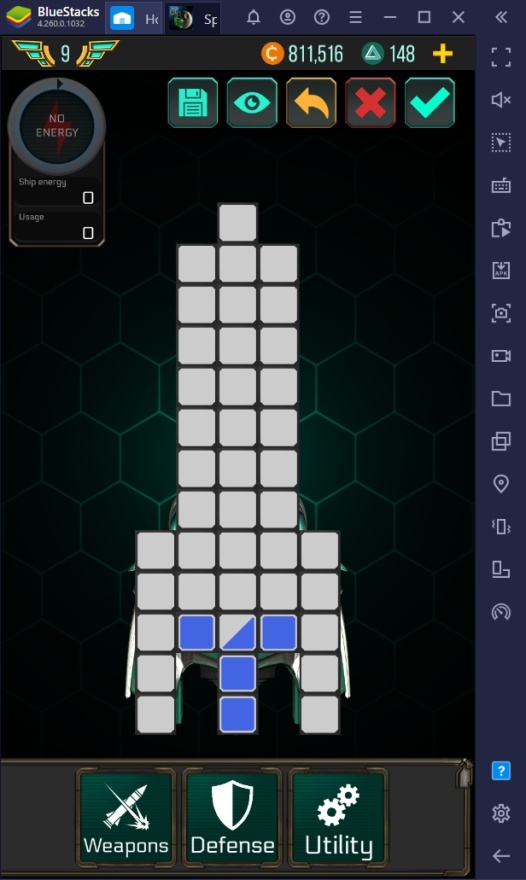
Another important aspect of slots is the distribution. Starships come in all shapes and sizes, meaning the distribution of slots defer, making it difficult to follow a certain build. Heavy ships often have wider bodies, meaning you’ll have space to put weaponry in between armor pieces. On the other hand, long-nosed ships are built thinly, so you can only put one to two weapons in the body.
2. Speed
Speed is the rate at which the starship propels forward. This is an important stat for ships that rely mostly on mobility to survive heavy damage. The faster the ship is, the easier it is to maneuver around the battlefield. More often than not, speedy ships will be the ones attacking first. This stat is more prominent on lighter ships with smaller builds. Speed is heavily affected by the weight of the weapons or utilities added on the ship.
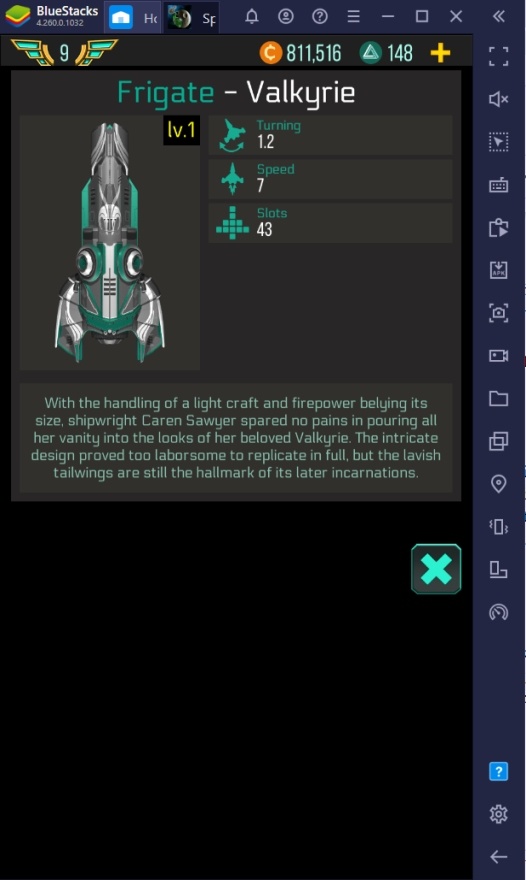
Heavy-class ships don’t have much need for speed since they can equip more defensive options that will allow them to withstand quick attacks. The most difficult aspect about stacking speed is that it generally only works if you combine it with a decent amount of Turning Speed. Speed by itself is actually underwhelming and is not one of the more rewarding choices in the earlier stages of the game.
3. Turning Speed
Turning Speed is the most crucial mobility spec. Turning Speed is the stat that most ships should be prioritizing as it allows a player to get the first strike and hit an enemy’s most vulnerable spot. Turning Speed is also important defensively against ships that like to Warp around the battlefield. Heavy Ships like to stack a lot of Turning Speed so that they won’t have to rely on straight-speed to attack the enemy.
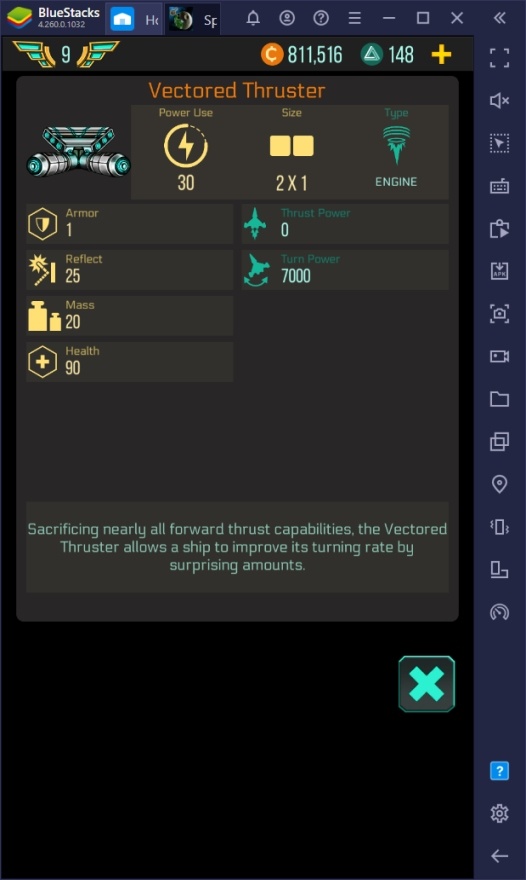
Turning Speed both promotes and counters flanking tactics. A ship’s flank is its most vulnerable area since the game requires players to place engines there, making it difficult to defend. Most Energy Sources and other utilities are also found on the sides and flank of the ship. Enemy lasers can easily take down a ship’s important functions if the ship can’t face the front quicker or at the same time as the enemy.
Types of Ship
The game doesn’t necessarily classify each ship according to shape, but it classifies them using the model of starship they are. For the sake of this guide, we’ll be describing each ship according to the type.
1. Heavy Class
The heavy-class ships are those with a square or rounded-type body. These ships have a lot of space in between and are designed so that armor pieces can be placed around the body to protect weapons and utilities. They act like battleships, as you can equip a ridiculous amount of weapons inside of them, and is the best class for head-to-head combat.
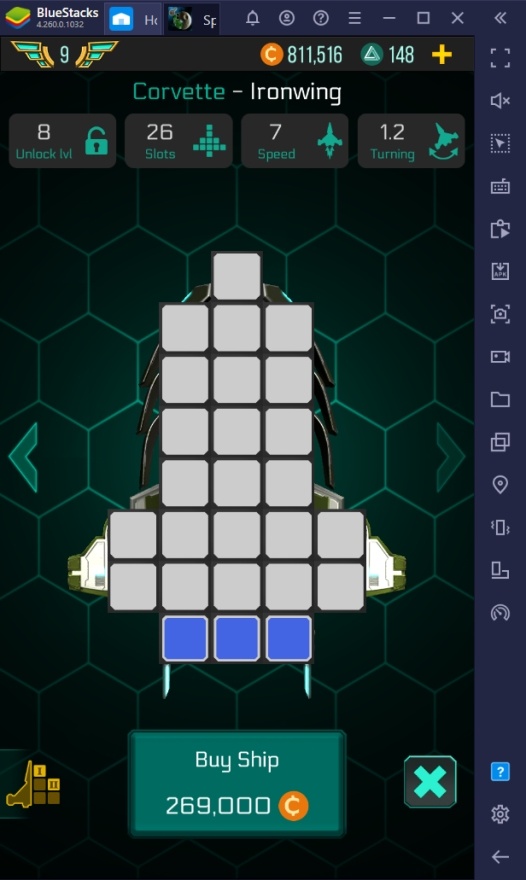
The biggest downside of Heavy Class ships is that they have very low mobility and are usually designed in a way that doesn’t promote adding speed. Some examples are the Corvette-Ironwing, Frigate-Hammerhead, and Cruiser-Age Eagle.
2. Long-nosed
Long-nosed ships have very elongated bodies. These ships have a high amount of Speed and can zoom through the battlefield with relative ease. The Long-nosed class thrives against enemies with low mobility, so they can easily hit flanks and burst down energy sources quickly, leaving a vessel useless within a few seconds.
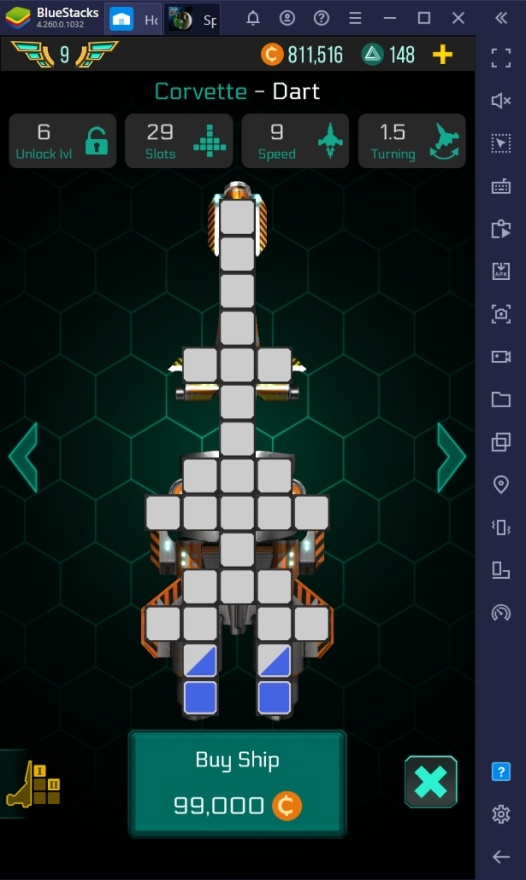
The main weakness of the Long-nosed ship is that it doesn’t have a lot of space to add side armors, leaving it most efficient during Jousting Situations. This ship relies heavily on Turning Position for defense. Some examples of Long-nosed ships are the Fighter-Lightning and Corvette-Dart.
3. Carrier Type
The Carrier Type is the most popular choice and, as the name suggests, carries smaller ships to accompany it called Support Ships. The mothership is a fairly balanced vessel but doesn’t have any strength at all. The strength of the Carrier Ship lies in its support ships that do all the dirty work.
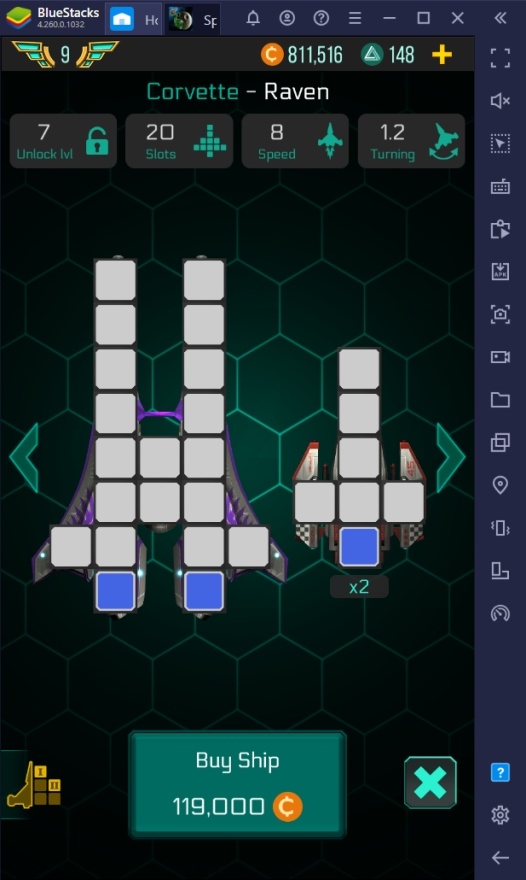
Carrier Types rely heavily on outmaneuvering enemies, which is why they usually equip Warp Drives. The Mothership aims to turn the enemy’s focus away from the support ships so that the support ships can fire away at the flank areas of the enemy vessel. Some examples of Carrier Ships are the Corvette-Raven and the Frigate-Scythe.
4. Balanced Type
The Balanced Type is a classification to indicate ships that have almost all the qualities of the other ships. They don’t have any particular strength offensively or defensively but are consistent in what they do. Beginner-level starship engineers love these because it allows them to create simple designs that excel in all fields of combat.

